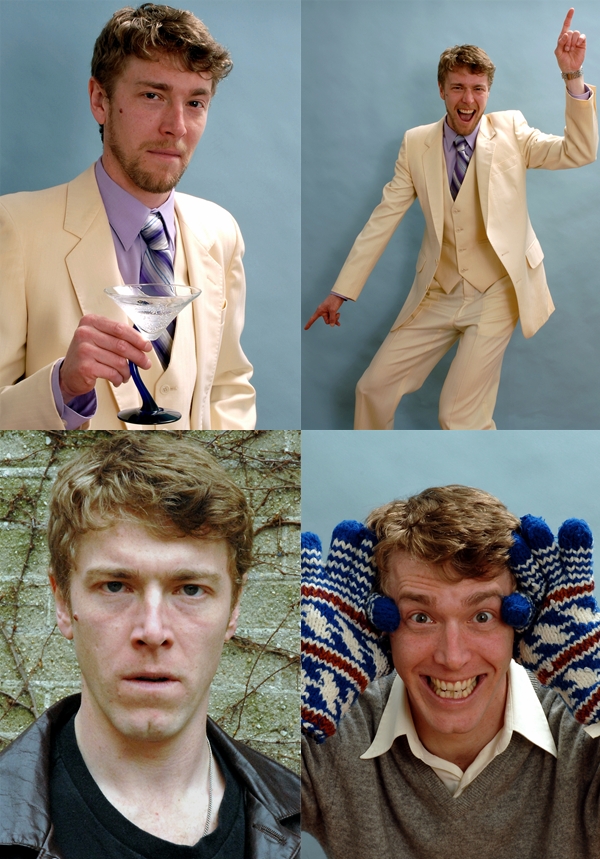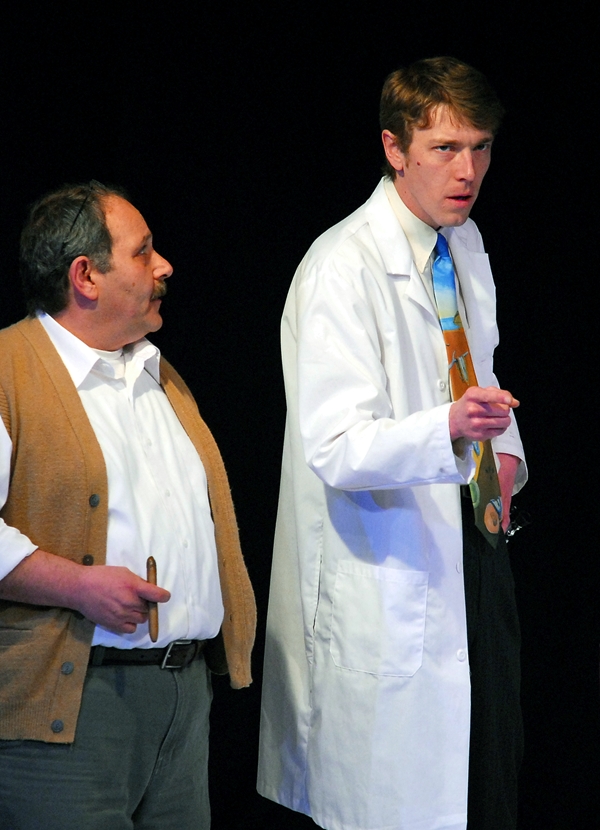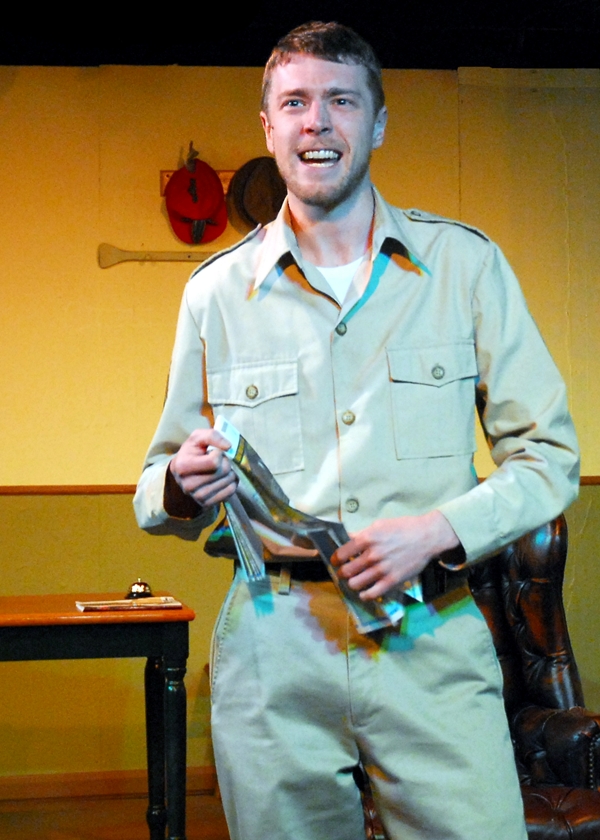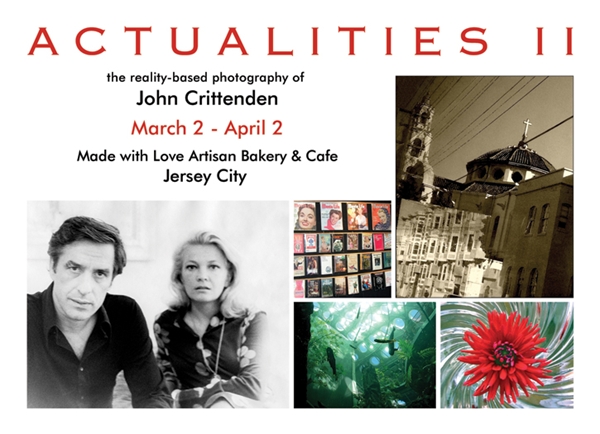
I’m pleased to be having my second solo show, less than a year after my first, at Made With Love Artisan Bakery & Cafe in Downtown Jersey City. Included in Actualities II are my portraits of John Cassavetes and Gena Rowlands, Liv Ullmann and Judy Collins, taken in the mid-1970s when I was a young journalist.
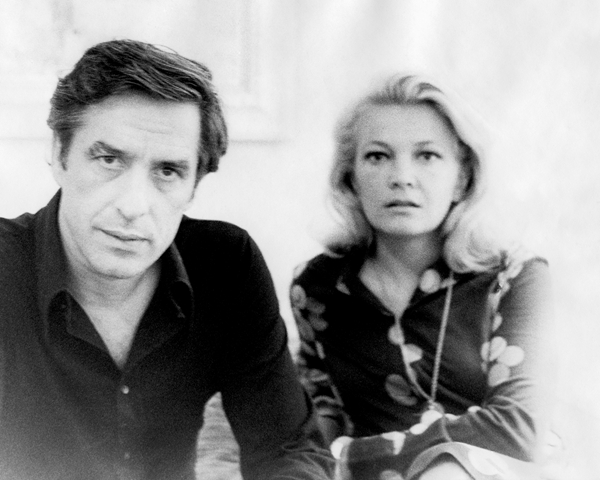
I was lucky to secure the 9 a.m. slot to interview John Cassavetes and Gena Rowlands the morning after “A Woman Under the Influence” — many consider it to be the greatest of the films they made together — debuted at the 1974 New York Film Festival at Lincoln Center. The interview was done in their hotel suite on West 58th Street, and they were still waking up when we began. He appeared first, and soon she came into the room and he presented her to me with admiration and pride in his voice. She seemed shy, almost fragile, and was even more strikingly beautiful than when acting on screen. At the end of the interview, I pulled out my Minolta 35mm film camera and took a few pictures without missing a beat. Having chatted for the better part of an hour, they were comfortable, weren’t asked to pose, and I didn’t use a flash. There was plenty of soft incandescent in the room and morning light was coming through the curtains. And so I captured the images of the director now remembered as the father of independent film in America, as well as a fine actor, and his actress wife, who is still beautiful and still making interesting movies today.
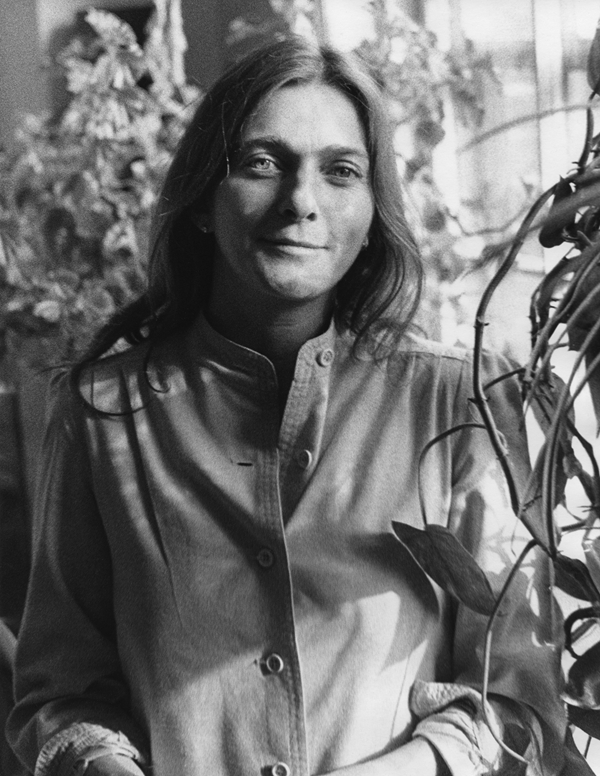
Judy Collins welcomed me into her apartment on Manhattan’s Upper West Side to discuss a film, “Antonia: A Portrait of the Woman,” which she produced and Jill Godmilow directed. The 1974 feature documentary tells the compelling but not widely known story of Antonia Brico, who in 1938 was the first woman to conduct the New York Philharmonic.
Born in The Netherlands, Brico grew up in California and was an accomplished pianist when she left high school, and already had experience in conducting. She graduated from the University of California, Berkeley, in 1923 and in 1927 entered the Berlin State Academy of Music, becoming the first American to graduate from its master class in conducting. She debuted as a professional conductor with the Berlin Philharmonic Orchestra in 1930. In 1934, back in the States, she was appointed conductor of the new Women’s Symphony Orchestra, which in 1939 became the Brico Symphony Orchestra after it admitted men. She conducted at the New York World’s Fair. But there were discouragingly few opportunities.
In 1942, she settled in Denver, Colorado and spent the rest of her life there, founding several local musical groups, conducting the Denver Symphony Orchestra, playing a major role in the city’s cultural life. She also taught piano, and this is where Judy Collins met her. She was one of Antonia Brico’s piano students.
I think it was extraordinary that Judy Collins, whose own musical career was going full swing in 1974, invested time and money in making a film tribute to a woman who was a hero in her life and who, she felt, had not gotten the artistic recognition she deserved in a field that was, and still is, predominantly male. And Judy Collins made sure the film was done right. “Antonia: A Portrait of the Woman” was nominated for an Academy Award in the documentary category. Antonia Brico died in Denver in 1989, at age 87.
After our interview, I photographed Judy Collins among her houseplants in her south-facing living room. Our visit was a particular thrill for me, of course, for hers was and is one of the great voices of my generation, and that interview was done only seven short years after her album “Wildflowers” was on every turntable in every college dorm room in America, including my own.
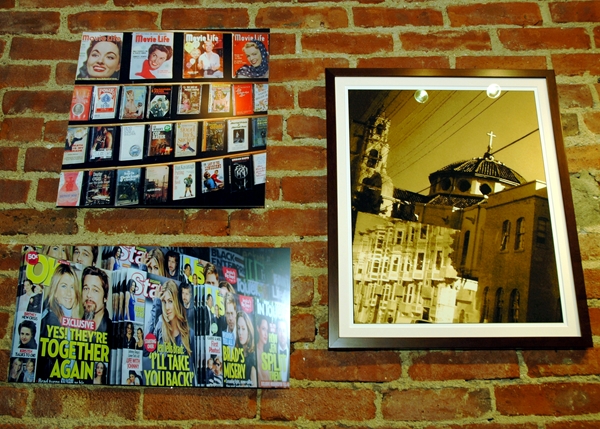
These photographs were taken in San Francisco, a city I dearly love. “In the City of Saint Francis” is on the right, a sepia-toned rendition of a single image. I think it has some feeling of the movement of the bus I was on when I took the exposure. I knew we would soon pass Mission Dolores, a tiny adobe church built in 1791 and the city’s oldest surviving structure, and I wanted to ready to snap it. I was shooting wildly, wondering what images I might get, kind of priming the camera. It turned out that this was the more interesting shot, a lucky shot totally unplanned. It’s a bit off-putting in color, with a phantom red digital zipper of words running through the middle, but when I took the color out and saw it in black and white I knew I had something. The lower left section of the image is the reflection in the bus window of the line of bay-windowed apartment houses across the street. The large church building with the cross on top is the modern basilica of Mission Dolores Church. Altogether, it is a vision of the city as it has looked, in this spot, for more than a half-century.
The subject is popular media in the photos at left, which are printed on metal and “float” on the wall, their corners as sharp as any print. Artists working in all mediums are fashioning comments these days on the supposed end of the print era, and these are mine. The relatively benign movie magazines from the 1940s and ’50s and the paperbacks with eye-catching covers displayed below them in the top photo were in the window of a used book store on Post Street. The magazines in the lower photo promise us, in January 2010, the latest “misery” in the lives of Jennifer and Brad and Angelina, none of which seems to have come to anything. I guess news was slow that week, the competition as cut-throat as ever. Whether such pages will still be viewed in one’s hands in 10 years time or will only be seen on screens I do not know. But I’m sure celebrity culture will continue to serve up the same formula “inside” exclusives. Inquiring minds will always want to know.
Included in “Actualities” is a portrait of a New Yorker I snapped in Chelsea a couple of Octobers ago. Walking east in the high 20s after attending the PhotoPlus Expo at the Javits Center, I noticed a pigeon sitting on a railing just off the sidewalk in a niche in the front of an old apartment house. He was perfectly lit in the late afternoon sun, and as pedestrians bustled by he didn’t seem to move except to swivel his head. When I paused, he shot me one of those “You looking at me?” looks. Would he fly away, or stick around long enough for me to pull out the camera and turn it on? New York pigeons are tough old birds, and I’m sure he’d stood his ground in the face of things far more menacing than my lens.
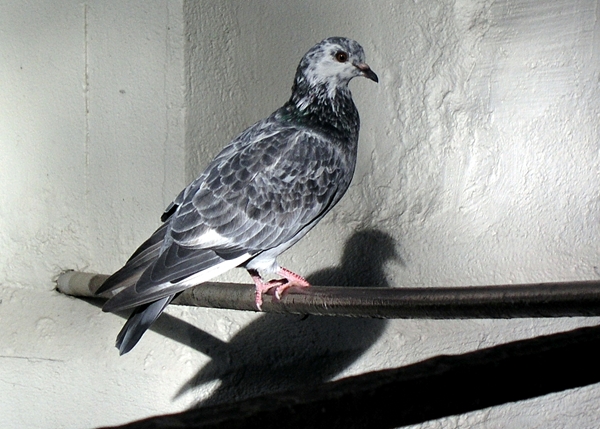
For “Actualities,” on display at Made With Love Artisan Bakery & Cafe in Downtown Jersey City through June 28th, I had the photo printed on metal, choosing the “sheer” option. This allows some of the metal to show through in “high key” areas of a photo. It took me a couple of days after the delivery to warm to the results, and I’m still not 100 percent liking it. In my opinion, a successful photo has to look good in all levels of light, and my New York pidgeon loses some of its punch under low light. Below is a photograph of the metal print in the “Actualities” show. See what you think.

You’ve seen Vernon W. Campbell as good cops, bad cops, ornery inmates, bouncers, all sorts of tough guys. He’s actually a fine gentleman, helps a bunch of local performers navigate show business, and keeps busy himself as a working actor with SAG, AFTRA and Actors’ Equity affiliations. Andy Garcia’s “City Island,” which opened in mid-March, has Vernon’s latest big screen appearance, and he’s been seen in “Mercy,” the TV hospital drama. One of the great Oscar underdogs, Mickey Rourke’s “The Wrestler,” has him playing the bouncer at the strip joint where Marisa Tomei dances. HBO’s “Oz” is also on Vernon’s resume. This winter he said he could use some new headshots, so I told him to show me his faces and we did a shoot the afternoon before he got on a plane to Hollywood to make the networking rounds of the Oscar night parties. I pushed him a bit to give me more of his range, and here’s the result. I asked if he’d ever consider playing a happy mailman or a kiddie show character. “Of course,” Vern smiled. “I even want to play Shakespeare before I’m through, just nobody’s asked me yet.”
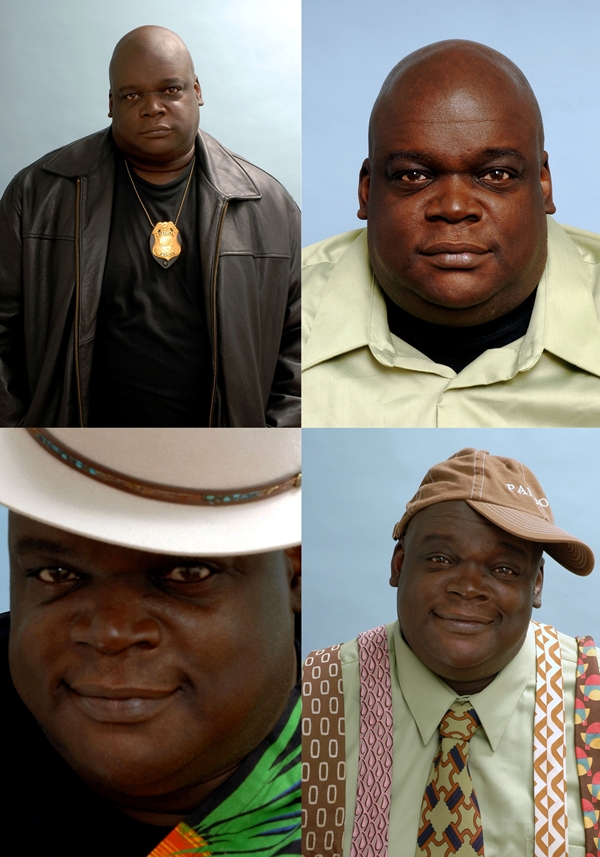
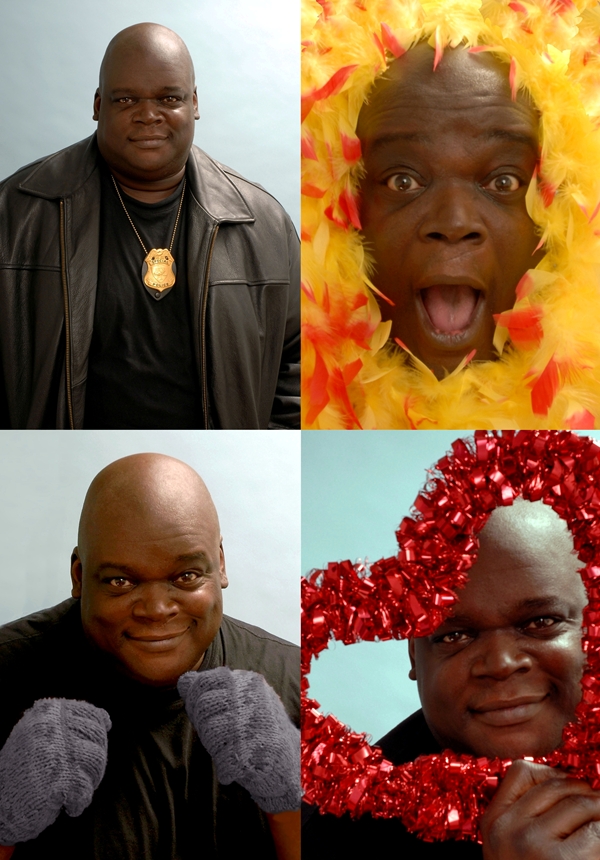
I had lunch at a lovely Turkish restaurant on the Upper East Side the other day with Sheila Simpson. I always describe her to friends as “my friend who’s a concert pianist,” hoping they’ll be as impressed as I always have been. Sheila and I have known each other since 1973, and share that special bond that New Yorkers have when we’re non-natives but know this is the only place for us to be. Sheila started life in Belzoni, Mississippi, where her mother ran the local dance school, and she was a child prodigy, playing her first solo piano recital at 11 and performing as a soloist with three different orchestras by age 15. A graduate of the University of Alabama, she received her master’s degree in piano performance from the Manhattan School of Music, graduating with honors. It was sometime after that, during the period she worked as a rehearsal pianist with the Alvin Ailey Dance Company, that we got to know each other. She was at that time studying with Arminda Canteros, a much-loved Argentinian piano teacher whose playing made tangos a permanent part of my music appreciation. One of Arminda’s concerts at Alice Tully Hall in the ’70s was one of the highlights of my life, and I’ll always thank her for turning me on to 20th century Spanish and Latin American music. I love it when Sheila plays anything by Ginastera.
Over the years, Sheila has performed at Merkin Hall, in the Lincoln Center neighborhood, in 2001, and at Princeton Theological Seminary in 2004. Both recitals are available on CDs through Sheila’s website, SheilasPiano.com. She’s performed at the United Nations, and around the world. In the past few years I’ve also heard her perform two recitals in the gallery at Tenri Cultural Institute on West 13th Street, presented by the Leschetizky Association, which was founded in 1942 by pupils of Theodor Leschetizky (1910-1915) to perpetuate his memory. He was one of the founders of the St. Peterburg Conservatory of Music, one of his greatest pupils was Paderewski, and one of his famous sayings was “No art without life, no life without art.” Sheila belongs to the Association, and passes along her own knowledge of being a virtuoso to her many students. A musical life is a rich one, and one that keeps on giving, generation after generation.
It was to deliver a few prints I’d made of the picture below, which I snapped during the last round of applause at last May’s recital at Tenri, that took me to the Upper East Side the other day.
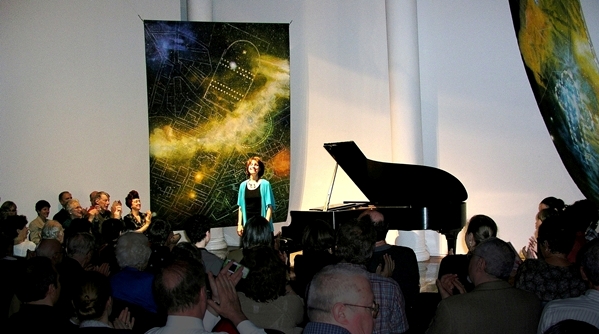
Sheila and I did studio portrait session last fall, in preparation for this year’s round of concerts. Here are some of the results.




In October, Sheila played Saint-Saens’ 2nd Piano Concerto in a concert with the Pine Bluff (Arkansas) Symphony, and because most of her New York friends couldn’t attend, she invited us to either of two preparation runthroughs she scheduled in one of the rooms upstairs at Steinway Hall, on West 57th Street. A pianist friend of hers, Francisco Miranda, played a transcription of the orchestra’s part while Sheila played the piano solo she would perform a few days later. Three movements, each very different, going as she said in the introduction “from Bach to Offenbach” in style. Only one melody in the whole thing that I recognized, but enjoyable for this non-classical non-musician’s ear and interesting enough to hear again sometime.
Lighting in the room was difficult, with strong light reflected in from the street through a big window and the room otherwise lighted with harsh florescents in two colors beaming down from rows of old factory-like fixtures. But I got this shot of Sheila and Mr. Miranda after they entertained us.
I always feel very priviledged when I hear Sheila play because she really puts the music across, producing it with a directness and intimacy — and obvious dexterity and command, almost always playing even the most complicated pieces from memory — but with no “look at me” ego thing going on. Sheila simply shares her love of music and her gift for performing it, and every listener feels it and learns. One of the glorious pieces I’ve heard her play several times is an arrangement for solo piano of Elgar’s “Nimrod” from the Enigma Variations that her husband Tom adapted for her as a gift. I can’t imagine what it must be like to be one of Shelia’s piano pupils trying to learn to play and reflect her high standards. But of course not everything is as easy as taking a good picture of an attractive woman.
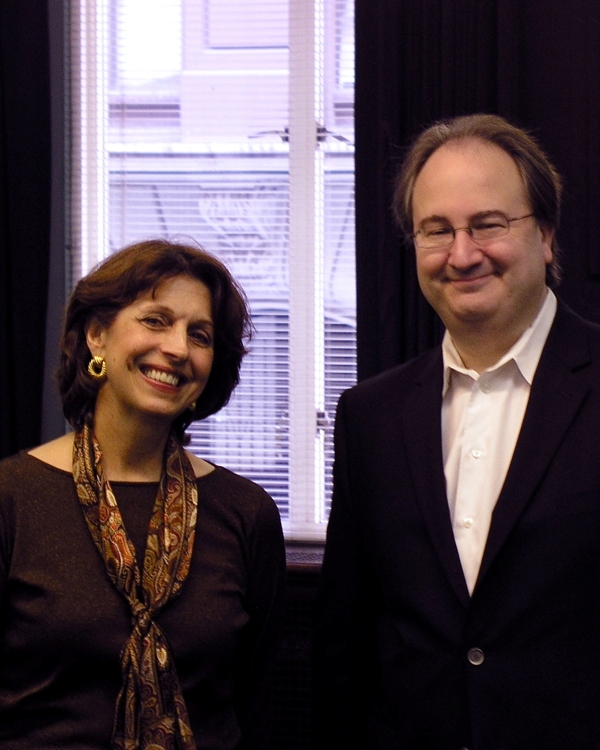
I’m pleased to learn that a play I’ve enjoyed twice during staged readings will be given a full production in fall 2010.
I was curious but had no high expectations when I arrived at the Hoboken Historical Museum last fall for a staged reading, presented by gaia studio, of “The Flora Dora Girls Weekly Sewing Circle.” I know some of the actresses who would be performing, and knew their enthusiasm about bringing life to this previously unproduced play by the late Louis LaRusso II, a Hoboken playwright who received Tony and Drama Desk best play nominations in 1976 for “Lampost Reunion.” That play told of some old pals drinking the night away with their famous singer friend (Frank Sinatra) after he does a show at Madison Square Garden. Word of mouth was that “Flora Dora Girls” was a Hoboken “Steel Magnolias” set in a past that’s largely gone.
Part of my curiosity came from having edited so many Jersey Journal obituaries in the 1980s and ’90s for Italian-American matriarchs who’d worked in sewing factories in Hoboken, Weehawken, Union City, West New York. Each woman’s life had been different, of course, but the obit facts hardly varied: Born in a little town in Italy, came to America as a girl or a wife in the 1920s, worked in a coat or dress factory for 20, 30, even 40 years, the factory’s name now forgotten, not important, but if she had been a “floor lady” who oversaw production, that was always worth noting. Many times a surviving child or grandchild had earned a Dr. or other title to put in front of their name or added an Esq. after it. Sometimes the woman had no survivors, at least in America. Fewer of these obituaries ran with each passing year; very few of these women are living today. All had built America, and done so in sweatshops doing boring work day after day, year after year, so their children could have better lives.
So it meant a lot to me, and to many in the Historical Museum audience who could remember these little old women who dressed mostly in black, that LaRusso’s play, set in the mid-1960s, brings their stories and passions to vivid life. As the producers observe, the characters “come together for a weekly sewing circle, the one place where they don’t need to be ‘ladies.’ They sew, gossip, laugh, cry, fight, curse, ask big questions, tell great stories and bond – like a fist!” By turns dramatic and hysterically funny, “The Flora Dora Girls Weekly Sewing Circle” is a human comedy, richly observed, with emotions and dialogue that pre-date political correctness.
It was fun to revisit “The Flora Dora Girls” on Sept. 26 when it was again performed as a staged reading, with many new faces in the cast, and this time at the Monroe Arts Center in Hoboken. Directed and edited by Taylor Keith, produced by Lillian Ribeiro, featuring Susan Bucci, Eileen Gaughan, Domenica Galati, Angela Kariotis, Sheila Mart, Ellen O’Neil, Florence Pape, Chelsea Lee Richardson, Angela Sharp, Trish Szymanski and Eva Visco. With judicious cuts, the play did seem tighter the second time around. I look forward to seeing it performed on a set with costumes and props.
“The Flora Dora Girls Sewing Circle” is an ensemble work, but Florence Pape had the leading role. She gave what I call a “whammo” performance last year, and she was in top form this year as well. Below is one of the faces Florence showed me in my studio. I applaud her every chance I get.
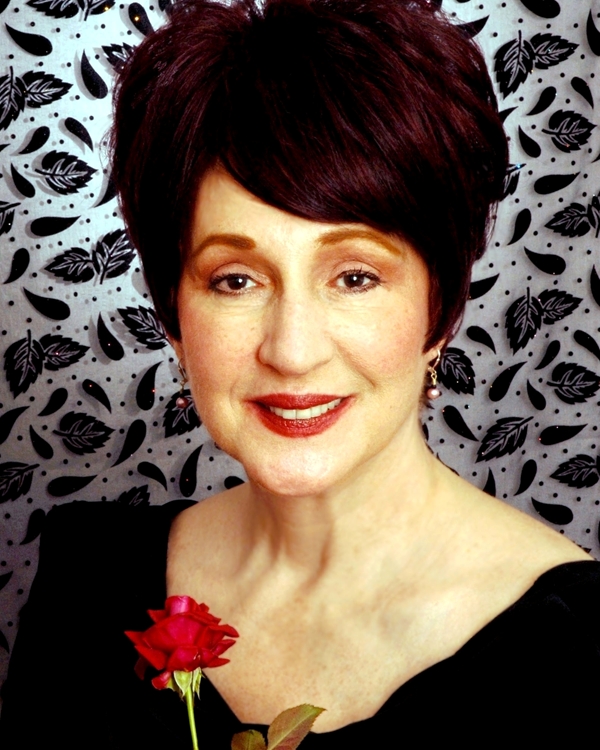
“Beauty is not caused. It is.” So said Emily Dickinson several generations ago, and it’s still true. Last May, I asked Hannah Plotka to pose for portraits for use in an ad I was putting together for the playbill for Hudson Theatre Ensemble’s “Rapunzel.” In HTE’s 2007 production of “The Miracle Worker,” Hannah played one of the children at the school for the blind in Boston that Annie Sullivan leaves when she is called to be Helen Keller’s teacher in Alabama. Hannah’s father David has played feature roles at HTE, and Hannah volunteers there, so Hannah was the perfect portrait subject.
My greatest fear going in was that she might feel exploited; after all, who needs to hold still for a portrait when you don’t need one for school and you’re not looking to work as a professional model or actress anytime soon. Determined not to pressure Hannah to be anyone but herself, I was happy to meet her mother and learn she was of the same mind. Hannah would not be getting a Jon Benet Ramsey makeover for the shoot. Fancy sunglasses and bracelets, fine and fun. Makeup, not much. No costumes. Hannah wanted to be photographed wearing her grandmother’s pendant. Years from now when she perhaps has grandchildren of her own, Hannah will be able to show them how beautiful she was the spring when she was no longer a little girl but not quite yet a teenager.


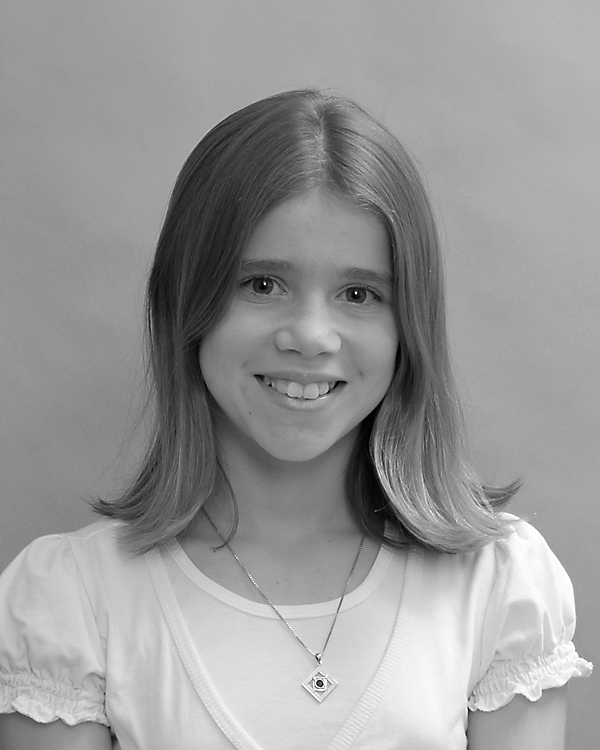
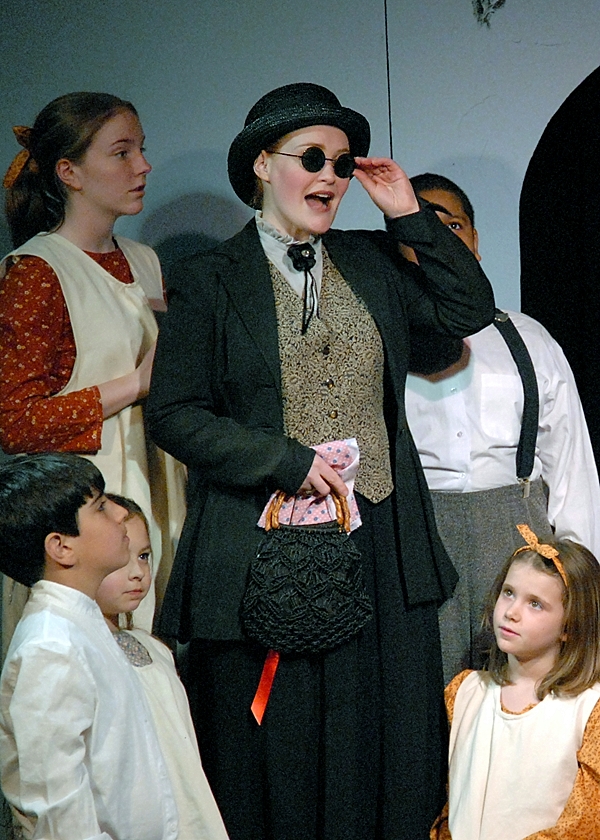
Some people don’t like old pictures of themselves, but I enjoy looking back. This was snapped with an Instamatic outside the Conservatory in Golden Gate Park in San Francisco in 1975. I remember it like it was yesterday. This is a pleasure of age that the young can’t quite comprehend.
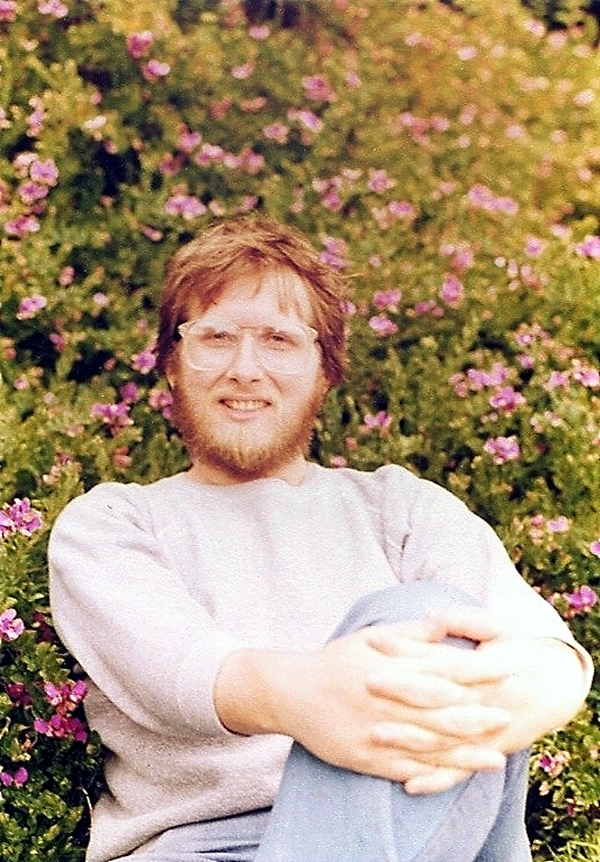
Gregory Nye has appeared in several recent Hudson Theatre Ensemble productions, playing various princes and kings for the kiddies, the hero’s best friend in Larry Shue’s comedy-drama “The Foreigner” and, most recently, a robotic actor playing both a TV soap opera doctor and a farmer in Alan Ayckbourn’s “Comic Potential.” Greg’s ready for paying work on stage and in television, movies and commercials — whoever hires him will be extremely pleased. He can do it all.
